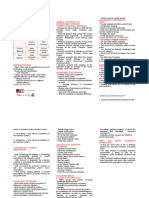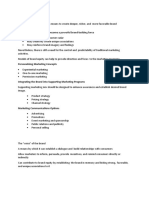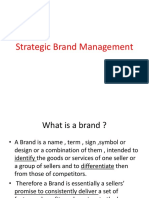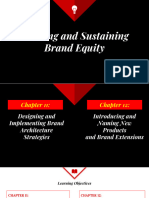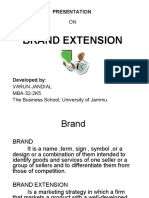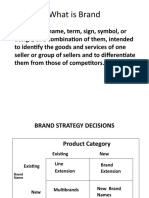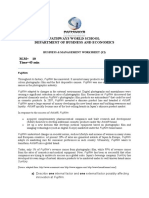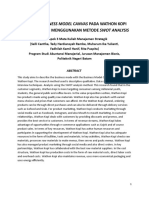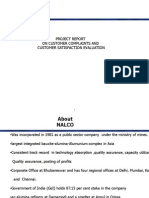0% found this document useful (0 votes)
42 views42 pagesChapter 7 and 8
The document discusses the importance of branding strategies, including the brand-product matrix and brand hierarchy, which help firms define relationships among their brands and products. It covers the process of designing branding strategies, brand extensions, and the management of brands over time, emphasizing the need for consistency and proactive strategies to maintain brand equity. Additionally, it highlights the challenges of brand revitalization and the importance of adapting to changes in the marketing environment.
Uploaded by
minale destaCopyright
© © All Rights Reserved
We take content rights seriously. If you suspect this is your content, claim it here.
Available Formats
Download as PPTX, PDF, TXT or read online on Scribd
0% found this document useful (0 votes)
42 views42 pagesChapter 7 and 8
The document discusses the importance of branding strategies, including the brand-product matrix and brand hierarchy, which help firms define relationships among their brands and products. It covers the process of designing branding strategies, brand extensions, and the management of brands over time, emphasizing the need for consistency and proactive strategies to maintain brand equity. Additionally, it highlights the challenges of brand revitalization and the importance of adapting to changes in the marketing environment.
Uploaded by
minale destaCopyright
© © All Rights Reserved
We take content rights seriously. If you suspect this is your content, claim it here.
Available Formats
Download as PPTX, PDF, TXT or read online on Scribd
/ 42
